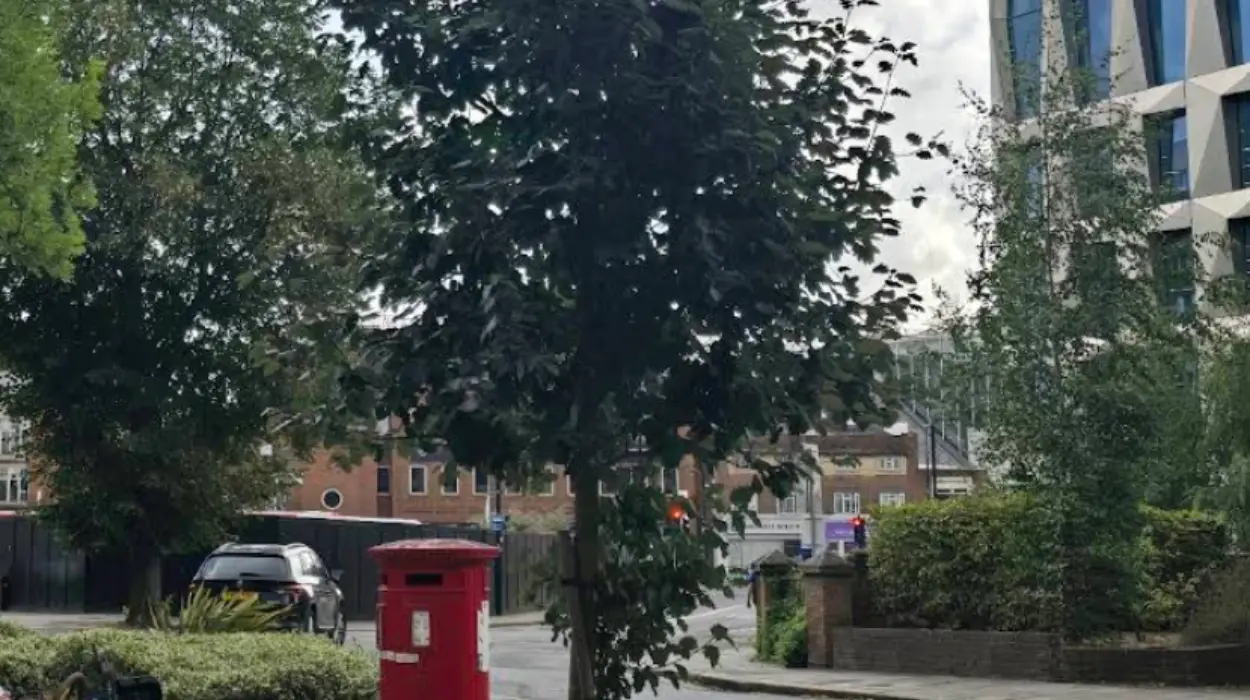Hounslow (Parliament Politics Magazine) – Hounslow Council launches initiative to increase accessibility of local streets for 6,400 registered blind or partially sighted residents, seeking to understand their challenges.
Wearing” sim- specs,” which are technical spectacles that pretend colorful forms of vision loss, members from Hounslow Council joined London Sight Loss Councils on Wednesday, October 15, for a guided tour of Hounslow Town Centre. The tour handed an immediate look at the everyday struggles that persons with visual impairments defy.
A preface to the numerous forms of vision impairment, inclusive design generalities, and observed companion approaches demurred off the factory. Alongside workers from Hounslow Council’s transportation, planning, licensing, roadways, and equivalency departments, Councillor Dunne, Cabinet Member for Climate, Environment, and Transport, encountered a variety of real world challenges and situations, similar as request booths, bike lanes, and unofficial crossings.
Insights that could inform the Council’s planning, licensing, structure, and conservation procedures were to be gathered.
Councillor Katherine Dunne said:
“Walking in someone else’s shoes was a powerful reminder of how small details make a big difference. This session has reinforced why inclusive design is not optional, but essential. We will use what we have learned to improve how we plan, design and manage our streets.
We would like to thank the staff and volunteers at Thomas Pocklington Trust and London Sight Loss Council for the insightful workshop, and we look forward to delivering a borough that is safer and more accessible for all.”
Sight Loss Councils, funded by Thomas Pocklington Trust, are regional groups led by blind and partially sighted volunteers. Together, they use their lived experience to shape inclusive services, influence decisions and ensure accessibility in local communities.
Councillor Ajmer Grewal, Cabinet Member for Residents Support, Communities and Equalities, added:
“Our equalities networks have long championed involving lived experience: this walk brings that to life. Along with feedback from residents affected, we will work with London Sight Loss Council to shape Hounslow’s streets, so they work for everyone.”
Amrit Dhaliwal, Hounslow resident and Sight Loss Councils volunteer, said:
“As a blind resident, I want the pavements to be as clutter free as possible so that I can walk more freely – whether I am being guided or not. I want to be independent, but more importantly I want to feel safe when out in my community.
I hope that by taking part in the sim-spec walk, the attendees will have experienced first-hand, some of the many barriers we face in accessing our high street. I hope that they will use this learning to make Hounslow more accessible for blind and partially sighted residents.”
The walk bolsters the Council’s availability pledges, which are outlined in its Walking and Wheeling Action Plan and Transport Strategy. One similar pledge is the Pavement Pledge program, which started in July 2025 and aims to upgrade 20 footways throughout the city.
The program’s purpose is to make pathways safer and easier for locals to use. It expands on the Council’s continued collaboration with indigenous equivalence networks, similar as the Disability and Age Equality Partnership, whose members took part in an inspection in 2024 that was centered on mobility.
What are the key initiatives led by Hounslow Council?
Council representatives recently shared in a guided walk through Hounslow Town Centre wearing special spectacles that pretend different types of sight loss. This gave them first- hand perceptivity into the everyday challenges faced by residents, including navigating request booths, cycle lanes, and informal crossings.
The council collaborates with the London Sight Loss Council and original equivalence networks, similar as the Disability and Age Equality Partnership, to inform planning, licensing, structure design, and conservation practices.
Perceptivity from these conditioning have formerly told advancements like more accessible layouts for EV charging points, kerbside arrangements, safer road cabinetwork, clearer signage, and enhanced road safety measures.


